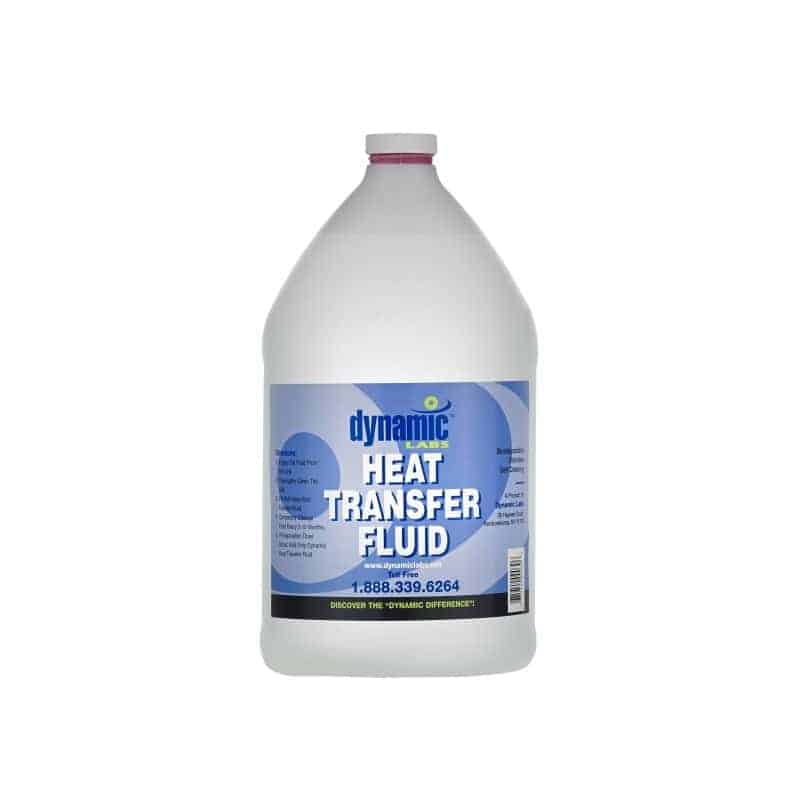A Comprehensive Overview to Heat Transfer Fluid for Solar Thermal Equipments
A Comprehensive Overview to Heat Transfer Fluid for Solar Thermal Equipments
Blog Article
Why Heat Transfer Liquid Is Essential for Optimizing Energy Transfer in Equipment
The duty of heat transfer fluids in optimizing energy transfer is pivotal for attaining efficient thermal management across different commercial sectors. These liquids help with smooth heat exchange, ensuring processes operate within ideal temperature level arrays and reducing the risk of getting too hot. Their choice, based upon variables like thickness and thermal security, directly influences the effectiveness and sustainability of a system. The details of picking the ideal fluid are usually underestimated. What are the essential considerations for this selection, and exactly how do they impact both economic efficiency and ecological responsibility in industrial applications?
Role in Thermal Management
Heat transfer liquids play a critical duty in thermal monitoring by effectively controling temperatures in various commercial procedures and systems. These specialized fluids facilitate the transfer of warmth in between different components, making certain optimum operating conditions and avoiding getting too hot. By keeping accurate temperature control, warmth transfer fluids enable sectors such as chemical production, oil and gas, and power generation to run securely and efficiently.
The selection of an ideal warm transfer liquid depends upon several variables, consisting of thermal stability, warmth capacity, and thickness. High thermal stability ensures that the liquid can endure severe temperatures without degrading, while a high warm capacity enables it to absorb and launch significant amounts of warm - heat transfer fluid. Low thickness minimizes the energy required for pumping, adding to general system efficiency
In addition, warmth transfer fluids are integral in applications like refrigeration, where they assist take in and dissipate warm throughout the cooling cycle. In solar thermal power systems, these fluids capture and transportation solar warmth to generate electrical power or supply warm water. Their adaptability to varied operating conditions and capacity to maintain constant thermal efficiency underscore their relevance in commercial thermal monitoring, helping with functional continuity and enhancing precaution.

Enhancing System Effectiveness
To take full advantage of the advantages of thermal monitoring, enhancing system efficiency through the tactical use of warm transfer liquids is extremely important. By keeping optimal temperature levels, heat transfer fluids assist make sure that systems run within their created criteria, therefore protecting against getting too hot and lowering the risk of component failing.

Sorts Of Heat Transfer Fluids
The variety of warm transfer fluids emphasizes their essential function in a variety of commercial applications, each tailored to meet specific thermal management needs. These liquids assist in effective energy transfer and are picked based upon crucial buildings such as thermal security, viscosity, and heat ability. The main types consist of water, glycol options, oils, and synthetics, each offering unique advantages.
Water is the most common warmth transfer medium due to its high details warm ability and low price. Mineral oils are favored for their thermal security and non-corrosive nature, making them suitable for high-temperature applications.

These liquids make certain premium efficiency in systems where standard fluids may stop working. The choice of a heat transfer fluid is crucial, as it influences system efficiency, security, and longevity.
Environmental and Economic Benefits
Making use of the ideal heat transfer liquids provides considerable ecological and economic benefits for industrial procedures. Environmentally pleasant warmth transfer fluids, frequently eco-friendly and non-toxic, decrease the risk of dirt and water contamination in the event of leakages or spills, consequently protecting environments and complying with strict environmental policies.
Economically, the ideal heat transfer fluid can substantially lower operational expenses. Liquids with extended lifecycle efficiency reduce the regularity of replacements and upkeep, minimizing downtime and associated costs. Overall, the calculated usage of optimum warmth transfer liquids supports sustainable economic development and ecological stewardship.
Choosing the Right Liquid
Exactly how does one browse the complex procedure of picking the appropriate warm transfer fluid for commercial applications? Selecting the appropriate liquid is essential, as it straight influences system performance, safety, and functional costs. Secret factors to consider include thermal stability, compatibility with system materials, and running temperature level variety. Thermal security ensures the liquid can withstand high temperatures without degrading, while compatibility stops deterioration or other damaging responses with system components. The operating temperature array should line up with the system's needs to maintain performance and long life - heat transfer fluid.
Additionally, the fluid's warm capability and thickness are vital. A high warmth ability permits the fluid to absorb and transfer more energy, boosting performance. Optimum viscosity you can try this out guarantees very little pump work and effective heat transfer, specifically in differing temperature levels. Environmental and security elements ought to also belong to the decision-making procedure. Safe, naturally degradable liquids decrease environmental impact and adhere to regulatory view publisher site criteria, minimizing liability threats.
Verdict
The critical option and application of warmth transfer liquids are essential to enhancing energy transfer across various systems. By guaranteeing high thermal stability and capability, these liquids offer precise temperature level control and boost total system performance. This optimization adds to decreased operational expenses and lower greenhouse gas emissions, thus promoting sustainability. The selection of liquid, customized to particular viscosity and operational needs, is vital for maximizing efficiency and achieving economic and environmental advantages in commercial processes.
Report this page